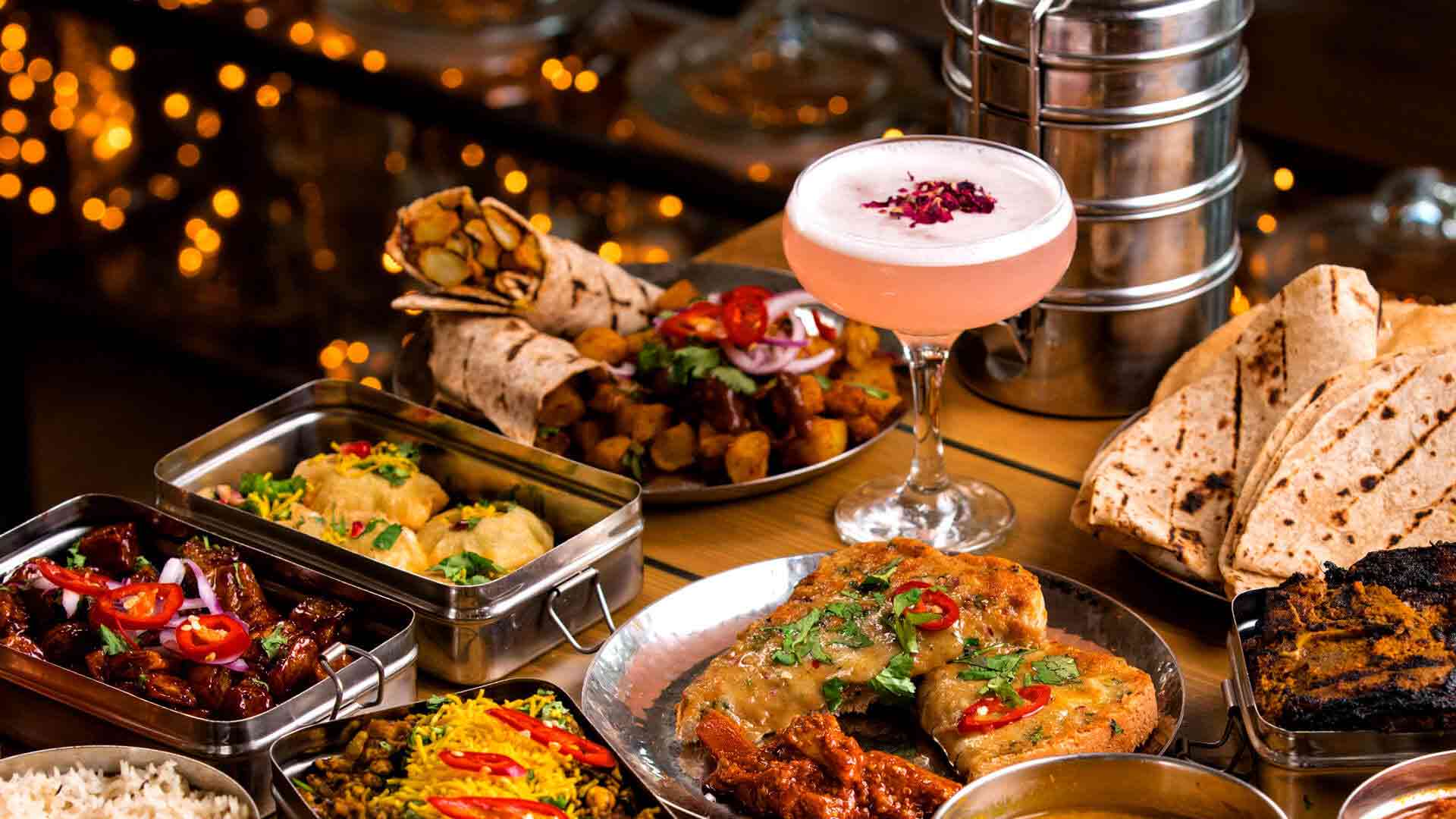The Food Voyager’s Guide
The Food Voyager's Guide
Embarking on a culinary journey is one of life's most rewarding adventures. The world offers an unparalleled tapestry of flavors, textures, and aromas, each telling a story of culture, history, and tradition. As a food voyager, your mission is not just to eat, but to immerse yourself in the heart of a destination through its gastronomy. This guide is your passport to unlocking the secrets of global cuisine, helping you navigate the delicious complexities of different cultures, one bite at a time.
The first rule of being a successful food voyager is curiosity. Don't be afraid to step outside your comfort zone. While familiar dishes can offer a sense of comfort, true discovery lies in the unfamiliar. Seek out local markets, bustling street food stalls, and unassuming eateries that are frequented by locals. These are often the places where authenticity thrives and where you'll find the most memorable culinary experiences.
When you arrive in a new place, do your research. Look for regional specialties, iconic dishes, and the ingredients that define the local palate. Is it the fiery chilies of Southeast Asia, the rich olive oils of the Mediterranean, or the hearty stews of Eastern Europe? Understanding the foundational elements will allow you to appreciate the nuances of each dish. Websites and blogs dedicated to food travel can be invaluable resources, offering insights into hidden gems and must-try experiences. For instance, if you're looking for incredible dining options, exploring top-rated restaurants on sites like eztakeouts.com can set you on the right path.
Beyond just the food itself, the setting and the company can significantly enhance your dining experience. A meal shared with locals, even with a language barrier, can be incredibly enriching. Observe the way people interact, the rituals surrounding meal times, and the pride they take in their culinary heritage. These observations add depth to your understanding and appreciation of the food you are consuming.
Street food is often the soul of a city's food scene. It's affordable, accessible, and offers an authentic taste of everyday life. From steaming bowls of noodles in Bangkok to savory crepes in Paris, street food vendors are often masters of their craft, passing down recipes and techniques through generations. However, hygiene is paramount. Look for vendors with high turnover, clean preparation areas, and where food is cooked fresh to order.
When dining in restaurants, don't hesitate to ask questions. Engage with the staff, inquire about the ingredients, the preparation methods, and the history behind the dishes. This interaction can lead to surprising discoveries and a deeper connection with the food. Many chefs are passionate about their creations and are happy to share their knowledge.
Dietary restrictions or preferences should not be a barrier to becoming a food voyager. Most cultures are adaptable, and with a little communication, you can often find suitable options. Learning a few key phrases in the local language related to your dietary needs can go a long way.
The concept of "farm-to-table" is not new; it's a global tradition. Visiting local farms, vineyards, or artisanal producers can provide a fascinating glimpse into the origin of your food. Understanding the process from cultivation to consumption adds an entirely new dimension to your appreciation. Imagine tasting freshly picked olives in Greece or savoring cheese made from milk produced by local herds in Switzerland – these experiences are truly transformative.
Remember that food is more than just sustenance; it's a cultural expression. By embracing the role of a food voyager, you open yourself up to a world of discovery, connection, and unforgettable flavors. So, pack your appetite, your sense of adventure, and your willingness to explore. The global table is waiting, and your next delicious journey awaits!
tag: Food,



